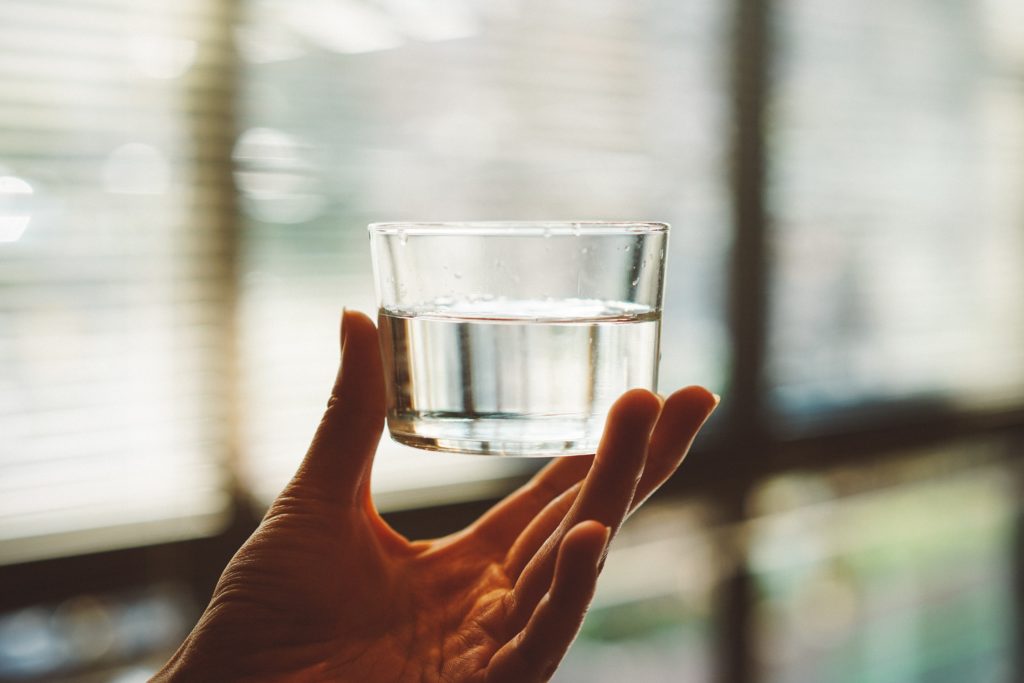 Water is becoming increasingly more scarce. According to the UN World Water Development report, there are 844 million people, which is one in nine, who do not have clean water near their homes. The report also estimates that by 2050 there could be 5 billion people who live in water scarcity. This is the majority of the current population of the world. Over the years, scientists have been searching for a way to provide more drinking water for the ever-growing population when less and less freshwater is available. Unfortunately, many methods have either been too expensive or impossible to replicate on a larger scale.
Water is becoming increasingly more scarce. According to the UN World Water Development report, there are 844 million people, which is one in nine, who do not have clean water near their homes. The report also estimates that by 2050 there could be 5 billion people who live in water scarcity. This is the majority of the current population of the world. Over the years, scientists have been searching for a way to provide more drinking water for the ever-growing population when less and less freshwater is available. Unfortunately, many methods have either been too expensive or impossible to replicate on a larger scale.
However, a few cities are now trying to see if implementing potable water reuse can be the solution. Potable water reuse is the process of purifying sewage water and running it back through the water system to be used as tap water. To reuse wastewater, it must first be treated with ozone which destroys bacteria. Next, it is filtered using coal granules that trap larger organic matter and then with finer filtration membranes to further remove any solid impurities. UV light is then used to destroy any microbes. After all of this is done, the water is so pure that minerals must be added back into the water to make it drinkable. According to a report by the National Academy of Sciences, the risk of contaminants is no higher. It may be even lower than with conventional water treatment systems.
San Diego is one of the cities trying to implement a potable water reuse system. The city gets its water from the Colorado River, which has been facing severe droughts over the last few years. The program has been tested for over 10 years and will produce 30 million gallons of purified water every day by 2025. Amy Dorman, deputy director of San Diego’s Public Utilities Department, said, “I think even water from my tap has a taste, but this stuff doesn’t.” City officials hope that by 2035 this will make up 50% of the drinkable water for residents.
San Diego is not the only city trying out this water reuse system. Los Angeles, El Paso, and Phoenix are only some of the other cities implementing wastewater recycling. Water scarcity is getting worse all around the world. In Detroit, the average cost of water services has increased by 285% since 1980. This is a trend we are seeing everywhere. The cost of water services is rising at a faster rate than other essential goods and services in the U.S. With 79% of people favoring the idea of using recycled water, we might be seeing potable water reuse systems throughout the rest of the U.S.
Although water conservation is the best solution to the water scarcity problems the world is currently facing, we must also prepare for the ever-increasing population on our planet. The UN does not expect the human population to level out until after 2100. With a ninth of the population currently struggling with getting access to clean water and water supply constantly getting lower, we must plan for the future. Water recycling might be the way to start using water more sustainably while we continue to find new solutions. Would you drink recycled wastewater?
______
Photo by Manki Kim on Unsplash
